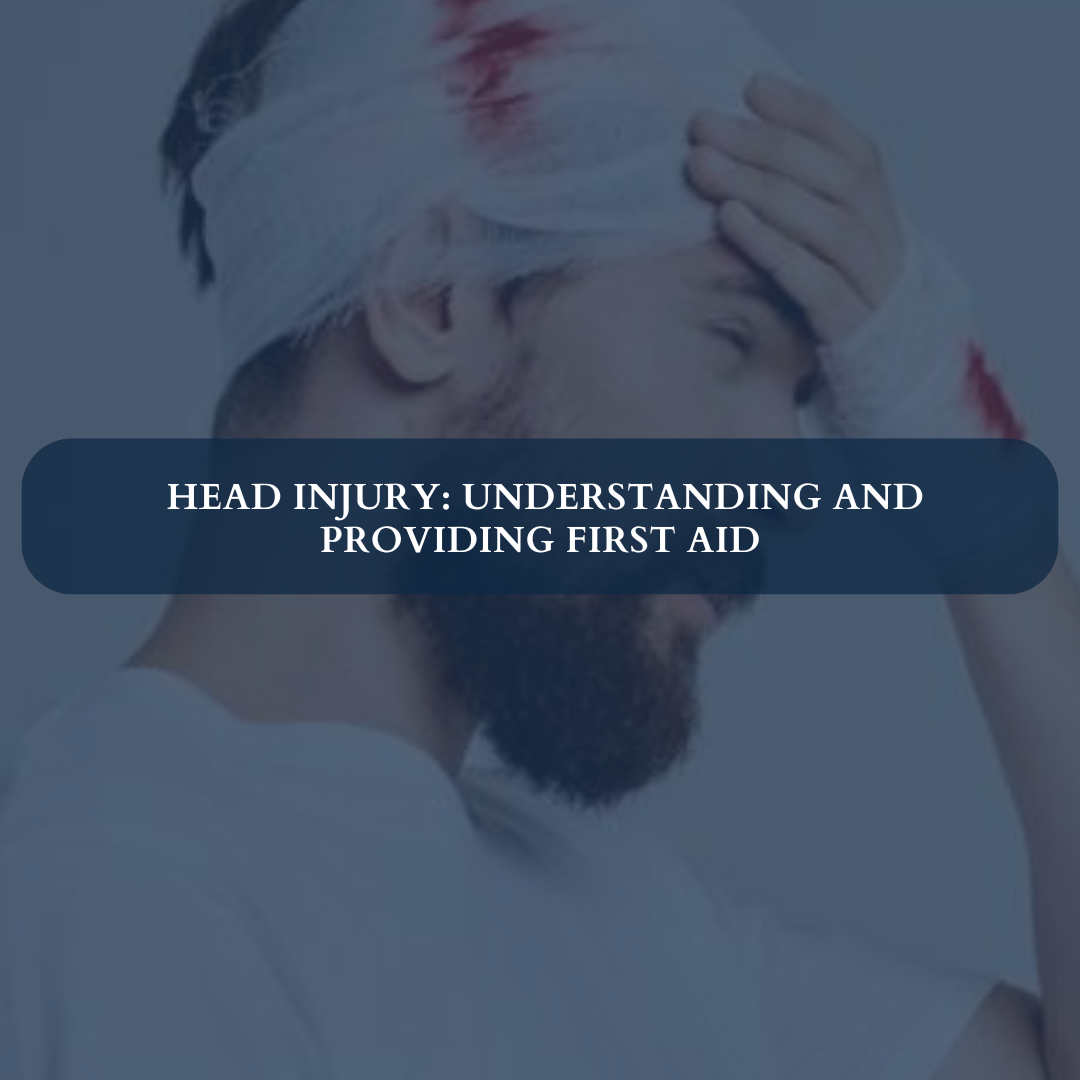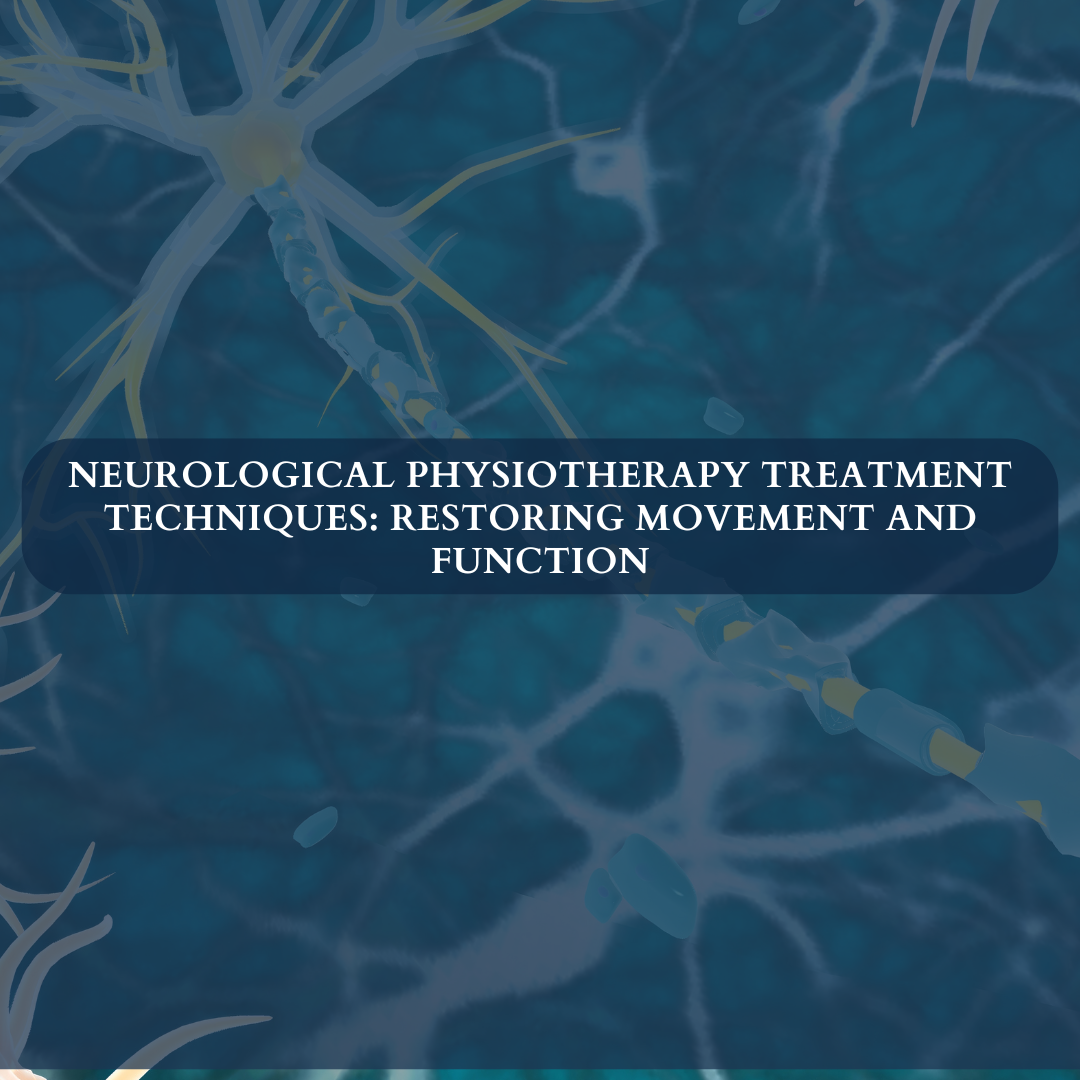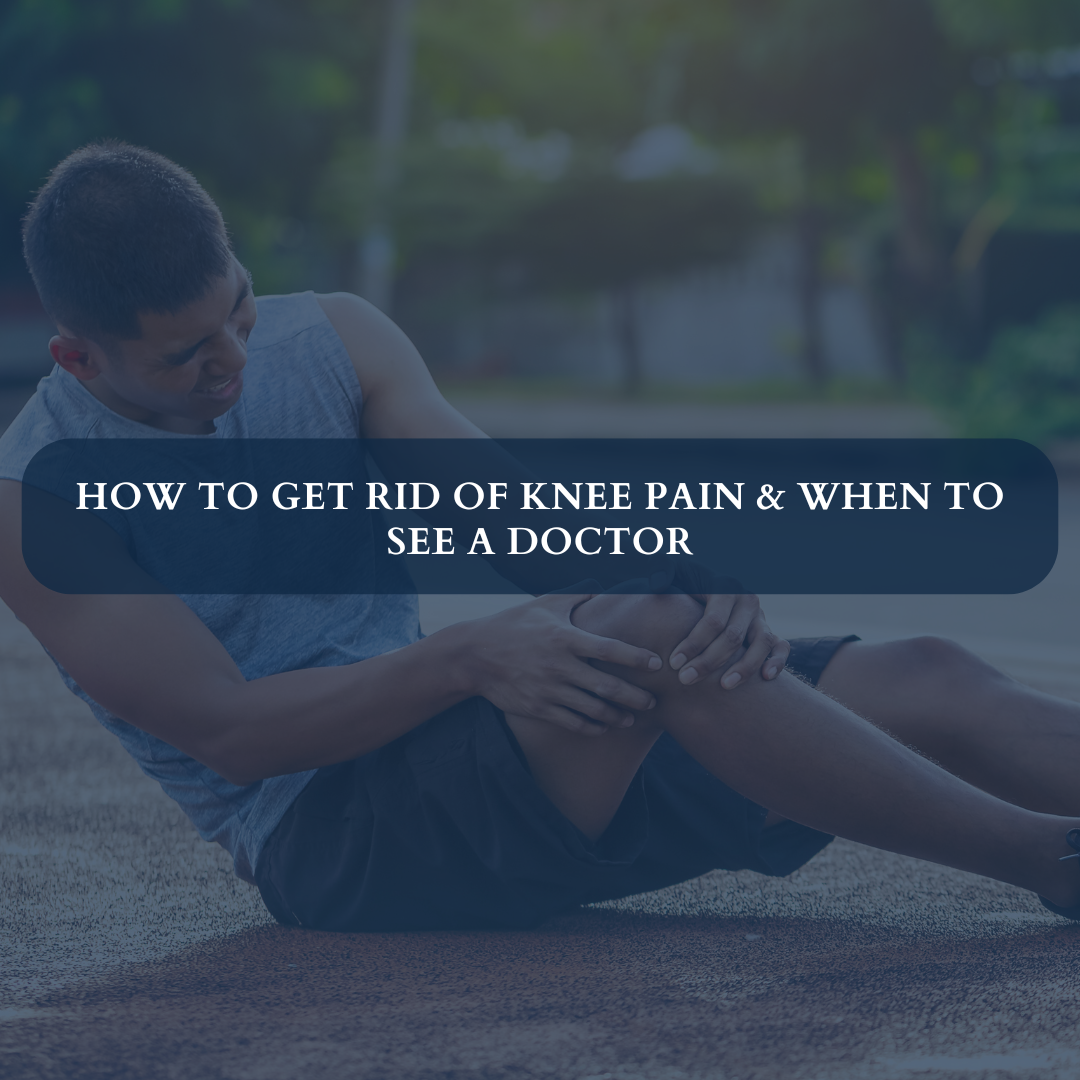A head injury can range from a minor bump to a severe, life-threatening condition. Knowing how to recognize the signs of a head injury and providing appropriate first aid is crucial. This guide will provide essential information on head injuries and first aid measures.
Understanding Head Injuries
Head injuries occur when the head sustains an impact or penetrating trauma. They can affect the scalp, skull, and brain. Severity can vary widely, from mild concussions to severe brain damage.
Types of Head Injuries:
- Scalp injuries: These are often the most visible and usually the least serious, involving cuts, bruises, or lacerations.
- Skull fractures: Breaks in the skull bone can occur from severe impacts.
- Concussion: A brain injury caused by a jolt or blow to the head.
- Brain hemorrhage: Bleeding within the brain.
- Brain swelling: Increased pressure within the skull due to swelling.
Recognizing the Signs of a Head Injury
It’s essential to be able to recognize the signs of a head injury, as early intervention can be crucial.
Common symptoms include:
- Headache
- Dizziness
- Nausea or vomiting
- Confusion or disorientation
- Blurred vision
- Sensitivity to light or sound
- Loss of consciousness
- Seizures
- Unequal pupil size
- Difficulty speaking or understanding
- Numbness or weakness
- Severe drowsiness or difficulty waking up
First Aid for Head Injuries
If you suspect someone has a head injury, follow these steps:
- Assess the scene: Ensure your safety before approaching the injured person.
- Check for responsiveness: Gently shake the person and call their name. If they don’t respond, activate the emergency medical system (EMS) immediately.
- Control bleeding: If there is a scalp wound, apply direct pressure with a clean cloth to control bleeding.
- Monitor breathing: Check for signs of breathing difficulties, such as irregular or shallow breathing.
- Immobilize the head and neck: Keep the person’s head and neck still to prevent further injury.
- Monitor for changes: Continuously observe the person for any changes in condition, such as worsening symptoms or loss of consciousness.
When to Seek Medical Attention
It’s crucial to seek medical attention for any head injury, even if symptoms seem mild. However, seek immediate medical help in the following cases:
- Loss of consciousness, even briefly
- Severe headache that worsens over time
- Seizures
- Vomiting
- Slurred speech
- Weakness or numbness
- Changes in behavior or personality
- Persistent dizziness or confusion
Preventing Head Injuries
While accidents can happen, there are steps you can take to reduce the risk of head injuries:
- Wear helmets when participating in sports or activities with a risk of head injury.
- Use car seats and booster seats for children.
- Practice safe driving and avoid distractions.
- Create a safe home environment by removing tripping hazards.
- Encourage children to wear helmets when riding bikes or scooters.
By understanding the signs of a head injury and following appropriate first aid steps, you can help minimize the risk of complications and increase the chances of a full recovery.
Ready to explore your options for chiropractic and physiotherapy? Contact SwastyaPhysio today to schedule a consultation and discover the best path to your wellness journey. We’re here to support your health every step of the way.
Banaswadi | HBR layout | Kalyan Nagar | Kammanahalli | Horamavu | Hennur






